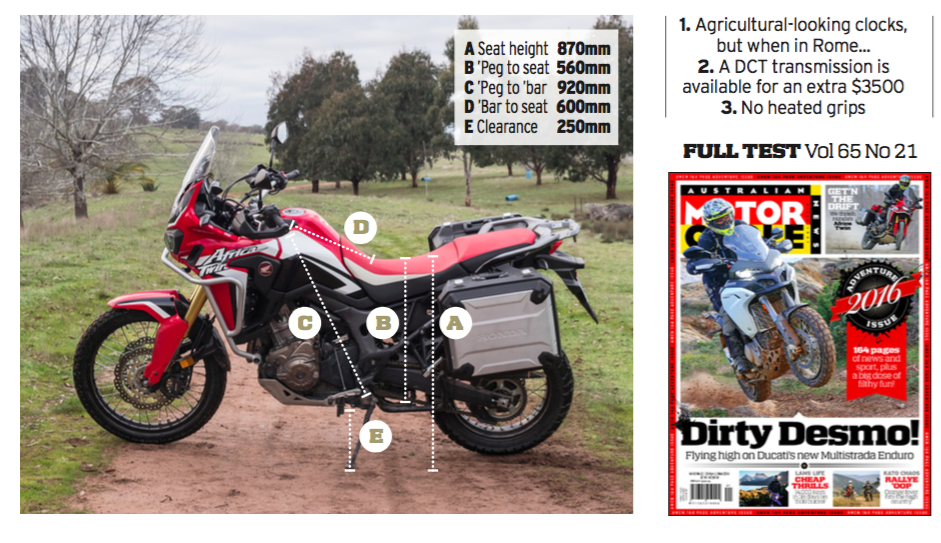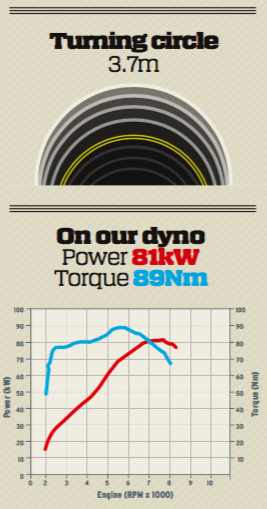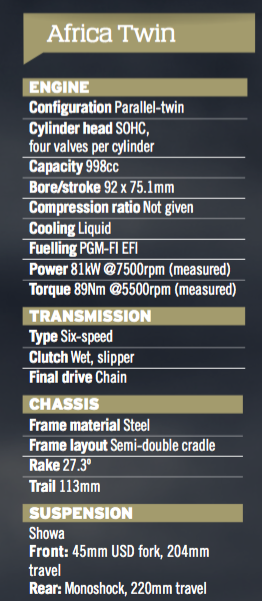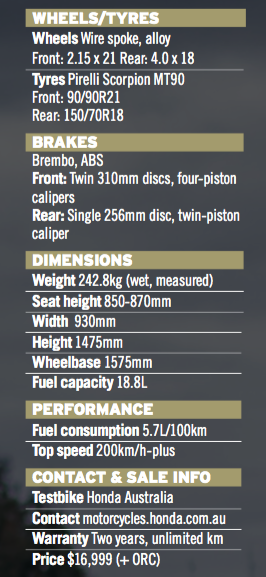As the editor I had first choice of bike. So does that mean I chose the Honda Africa Twin because it’s the best? Well, yes and no. It’s certainly the best bike for me. And look at that price – $16,990 (+ ORC) for the ABS model, easily the most affordable of the big-bore adventurers on our test. But it’s every bit as much of a genuine adventure machine.
I’d ridden the Africa Twin twice previously so I knew it delivered comfortable long-range road touring, and as it’s a Honda I was confident this ease of use would transfer off the road – and so it proved. The slippery conditions once we left the tarmac were challenging for someone who does very little dirt riding, but the no-surprises nature of the Africa Twin meant I adapted with ease.
Not having a plethora of switchblock buttons to confuse me was also a huge advantage. When it comes to electronics the Africa Twin has just two main buttons: ABS on-off switch, which disengages the ABS to the rear wheel only; and the traction control switch with three levels and off. Most of the time I switched the TC off and modulated the easy power delivery with my right hand, but it was useful when I was climbing a slippery grass hill and the rear wheel kept attempting to overtake the front.
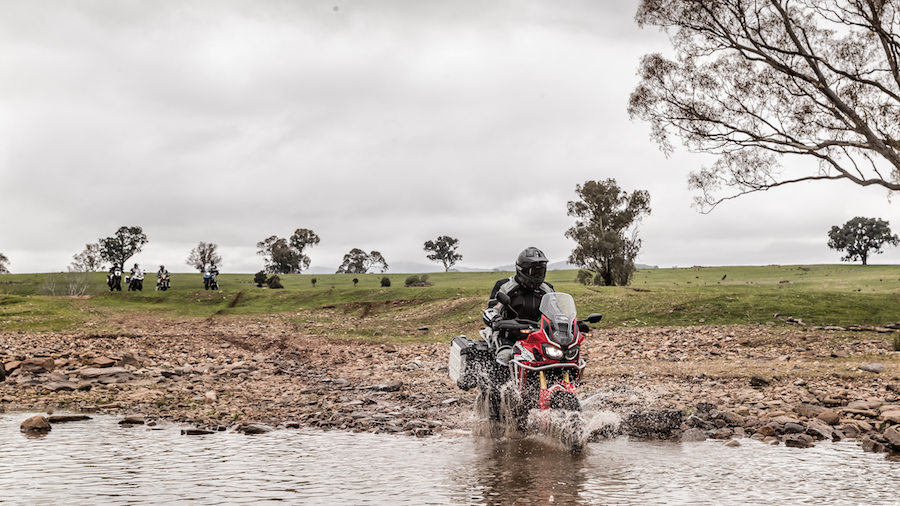
The 870mm seat height (with an 850mm option) is a stretch for all but the tallest of riders, but fighting my way out of a few poor navigational decisions was made easier by the bike’s easy-to-manoeuvre nature. And while at 240-plus kilos the Africa Twin is lighter than the competition, it still needs to be treated with respect – it’s easy to manage, until you need to pick the bugger up.
The slim seat provides a dirtbike-riding feel, accentuated by the 21-inch front wheel. On the road the larger hoop does make turn-in a little vague, but it’s more than a fair trade-off. Standing up the on the ’pegs feels remarkably like riding my old Honda road/trail and the position won’t feel too alien to those taking their first adventure riding steps.
There’s real punch in the midrange around 5000rpm, and I did almost lose control on a couple of occasions while attempting the mandatory power slide. Speaking of sliding, one optional extra we were happy to have was the crash bars – possibly the best $1000 you will spend on your Africa Twin. I’m not ashamed to say that the big twin hit the deck during our ride, and the bars protected the bike admirably.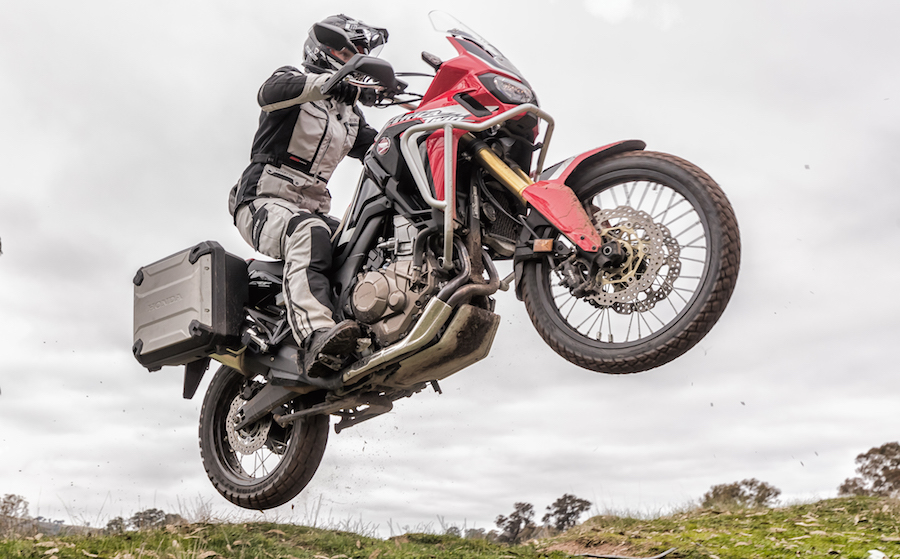
The fully adjustable 45mm Showa fork and preload-adjustable rear shock are also impressive for a sub-$17K bike. Only Craig Coxhell’s motocross antics exposed its limitations. At my pace, the only complaints I had was a bit of front-end dive.
Honda is one of the only manufacturers who could pull off an adventure bike of this quality and keep the price so low. Amazingly, it’s the only company actually doing it.
 I Liked
I Liked
The Honda isn’t as intimidating as other bikes in its class, including the BMW, KTM and Triumph we had on the launch. It’s a quality machine that’s easy to ride and to understand, with simple buttons to turn stuff on and off. The pannier mounting system is one of the easiest I have used.
Not so keen on
It would be easy to pick a few shortfalls with the Africa Twin when comparing it to the BMW R1200GS Rallye X or the flagship Kato – until you compare their price tags, that is. After that, finding faults becomes extremely difficult. Heated grips would be a welcome addition.
If I had my time again
Watching other bikes on full knobby tyres showed how important it is to have the right tyre for the right conditions. The Pirelli Scorpion MT90 tyres were great, but if I was to tackle those slippery conditions again I would happily sacrifice road comfort for some extra off-road grip and confidence.
